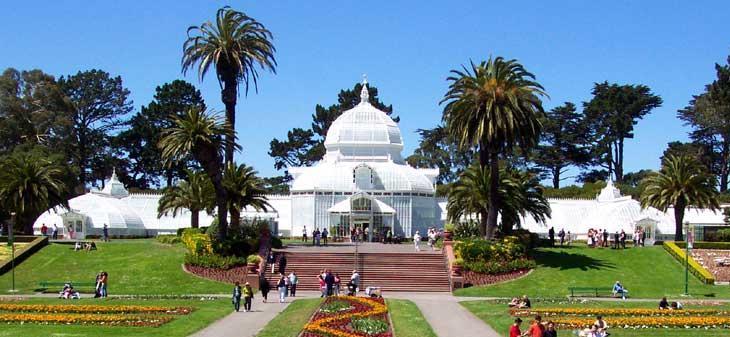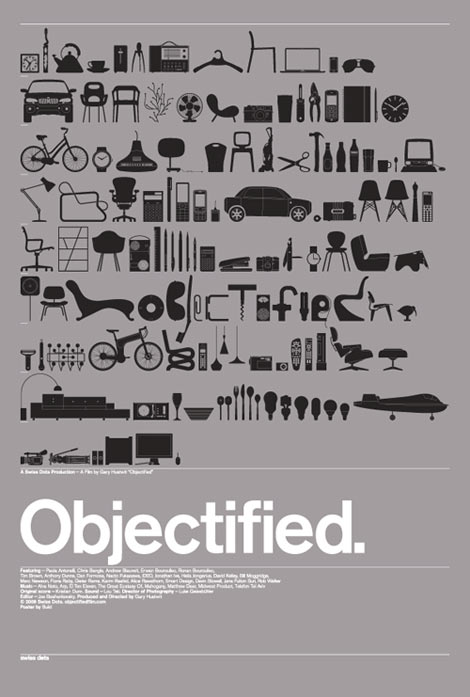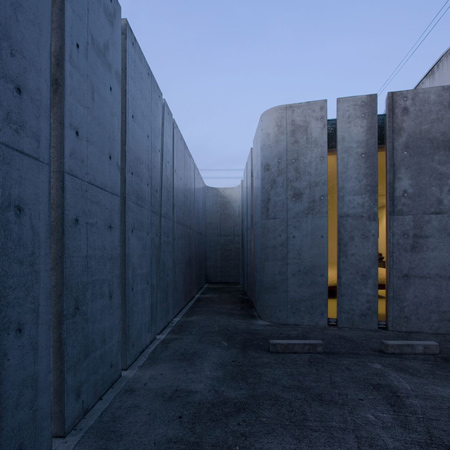I had a chance to explore the San Francisco MoMa's recently opened rooftop garden, an urban landscape tucked away in the depths of busy downtown area.
One little detail, where is the GARDEN!?


I know, I know Victoria, It's a
modern museum. The curators and designers took this in a more sculptural direction.
The space itsself balances the juxaposition of modern concrete and metal with the organic forms of nature (seen in the botany and wooden benches). It's as if this was designed to say "almost there, but not quite". Hey, that's how the Greeks thought of design! Did the designers purposely create voids to symbolize the voids in our culture or even to reference the Deconstructivist architects and artists of our age? That's up to the viewers perspective.
In this exhibit, one walks in through a long windowed hall to see a glass, concrete and metal structure. Across the way is a suave barista serving only the finest gourmet coffee (appropriate for San Francisco's foodie culture). However, the first thing one sees is modern metal *matroyshka* spiders! (The russian word for the Russian toy dolls, when you open one there is a smaller one inside, and so on....) A very abstract, and dare I say modern again... MODERN interpretation of the natural creatures that would be in this space.

As you walk to the right you see a vast layout of abstract sculptures with a few earthen accents thrown in for good measure. The sculpture garden seems designed more as references and symbols of our time. We see the spider, but it's overscale, metal, not alive! We see a lone tree in a plant box, but no foliage growing organically from it. Where has the life gone?
But hey, what about flora and plants, they can be modern too! I bet you my Adobe software that the Conservatory of Flowers, located in San Francisco, was considered a modern building in its own right.

It was constructed in 1878, just as the industrial revolution was taking off. Using metal and glass for a BUILDING? Incredulous at the time. Of course, modern has its own interpreation at any point in time, but that's a whole other blog post.
I digress. Let's get back to the MoMa.

I'm interested in the materials of this exhibit. Here we have concrete, metal, steel, and glass
juxtaposed (I think the million dollar word of the era) with wood.....and plants? It is in this contrast that shows the thinking of our age, we are in a state of organic and modern, warm and cold, contrast and compare.
But don't let me wax poetic. I still don't like the garden. Do I have logical reasoning? Maybe not, I just like flowers and foliage.
Give me orchids over concrete any day.














































